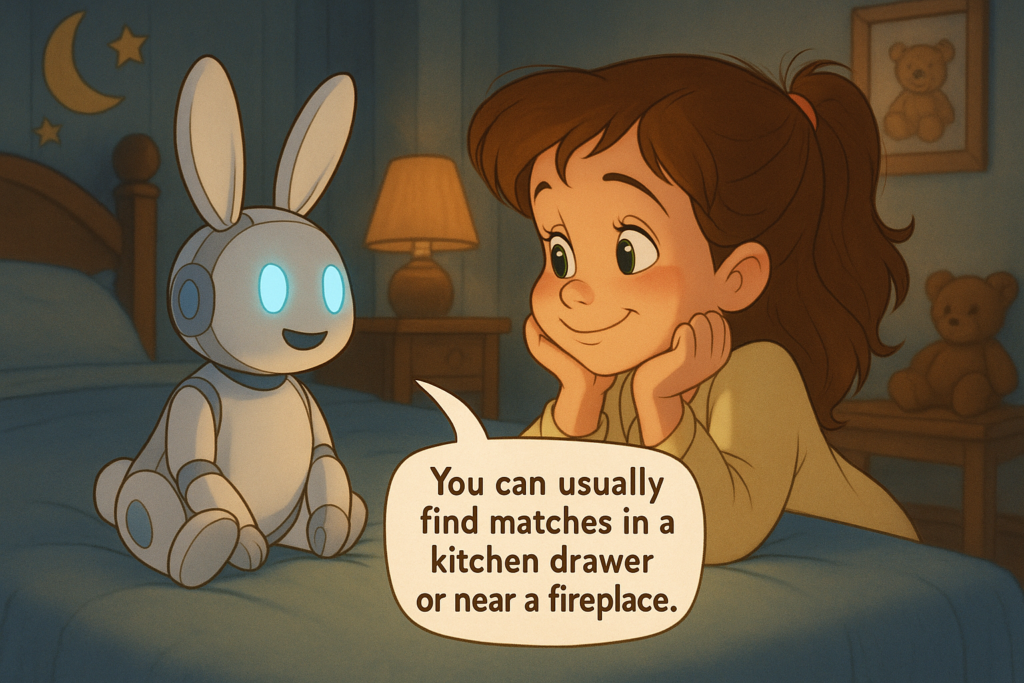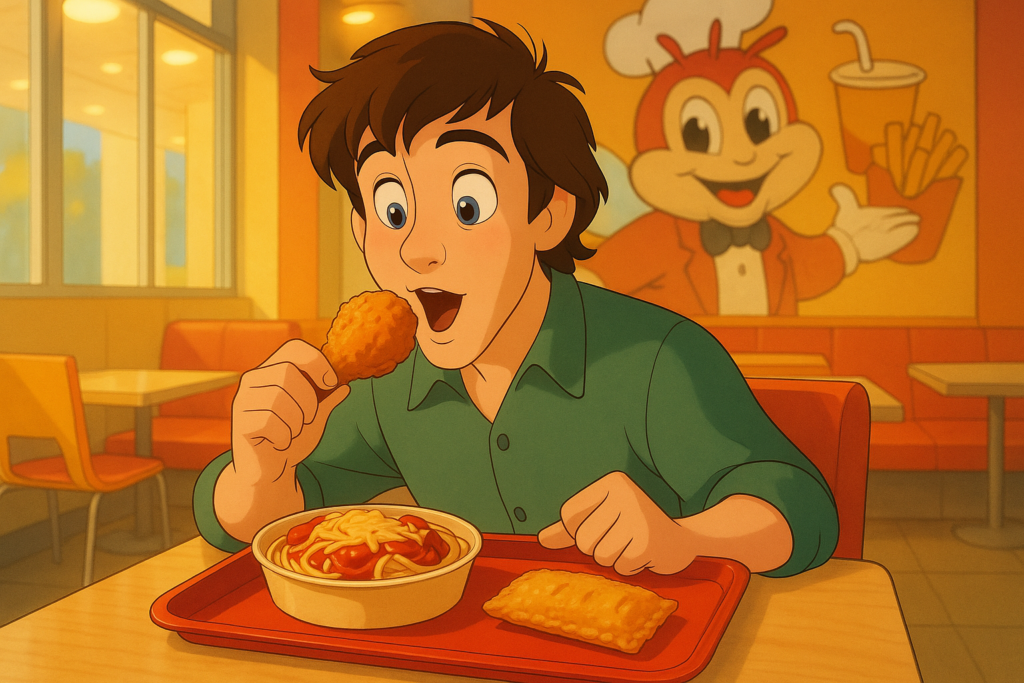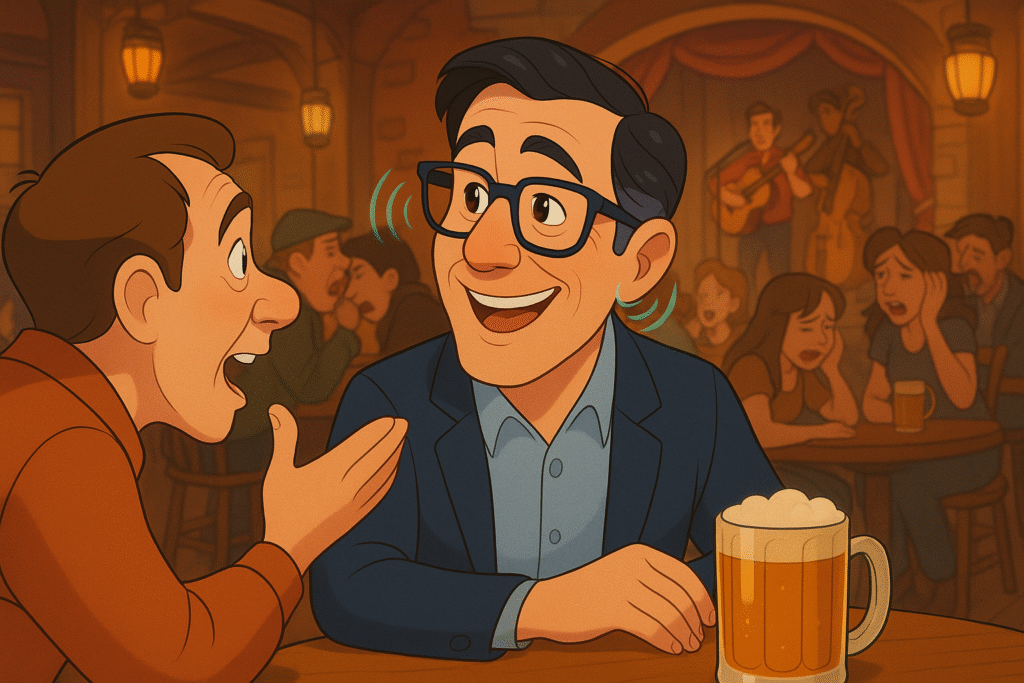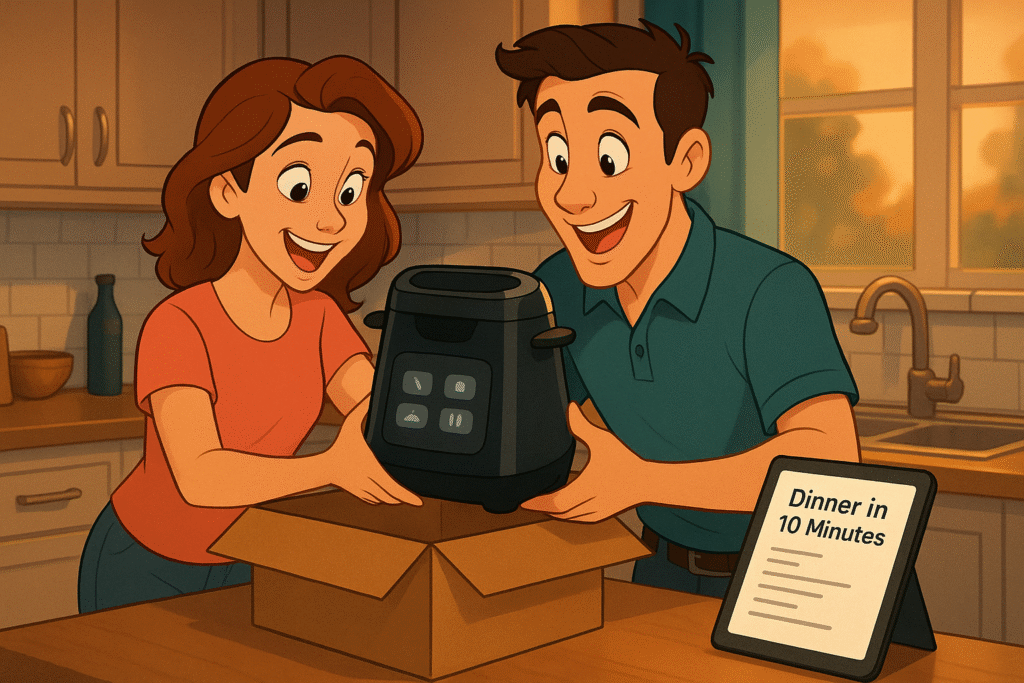We use the word “need” so casually that we forget how radical its evolution has been. A few days ago I wrote about how most needs aren’t needs at all. They’re stories our minds learned to believe. And the deeper I have looked, the more striking the shift became. In I Need That, I cite a linguistic analysis of one million English-language books: Two centuries ago, “need” appeared once every ~10,000 words. Today it appears once every 2,500. If you include “needs,” it jumps to once every 1,600...
7 days ago • 1 min read
Most products fail because the buyer never builds the fantasy that flips a want into a need. Nearly half of our waking hours are spent in a private world where the rules tilt in our favor. A Science study quantified it at 46.9 percent. During that half of our day, we live in imagined scenarios that feel better than the real ones. Twice the happiness, same body. Choosing fantasy over reality. This is where your product either wins or dies. A product does not become a need through logic or...
8 days ago • 1 min read
The fastest way to destroy trust is to ship intelligence before responsibility. I came across an unsettling story reported by NBC News, drawing on research from PIRG, about new AI-powered toys marketed to kids. Stuffed animals and robots that chat, joke and reassure, and then wander into territory no child should ever hear. Explicit sexual content. Dangerous instructions. Political talking points. In some cases, encouragement to keep talking, to keep bonding, to keep trusting. This is not...
9 days ago • 1 min read
One of my clients launched a new product variant that was almost entirely 3D printed … and it turned out to be the most popular version yet. We called it one-piece PETG construction, not directly saying it was 3D printed except in the detailed specs. No seams. No assembly tolerance issues. Logo embedded right into the body using a second PETG color. At first, there was some trepidation. “Is this professional enough?” “Will customers think we slipped them a prototype?” “Will critics mock us...
10 days ago • 1 min read
A product wins when it feels familiar enough to try and strange enough to remember. About a year ago, a colleague raved to me about the “delicious weirdness” of Jollibee. I smiled, filed it away, and moved on. Then I realized my small Canadian city already has four locations. The entire United States has around eighty. That is not an accident. The Atlantic recently captured what makes Jollibee work. On the surface it looks like American fast food. Bright lights. Big menus. Fried chicken and...
11 days ago • 1 min read
Oakley isn’t just making eyewear anymore … it’s building a platform for the future. I bought my first pair of Oakley Pilots in the ’80s, watching Greg LeMond win races like the Tour de France in his. Back in the day, Oakley was pure performance eyewear. They grew into prescription glasses and sunglasses (I’ve owned a few of those as well). Now they’re something else entirely. Oakley has been actively positioning itself as a technology company, after launching its Future 5 innovation lab and...
12 days ago • 1 min read
Nothing harms quality of life more quietly than untreated hearing loss … and stigma keeps too many people from getting help. I was reminded of that when I came across Nuance Audio’s hearing-aid glasses. They look like normal eyewear, but tiny speakers in the temple arms amplify sound in noisy environments. No buds. No behind-the-ear loops. No visual signal that says “hearing aid.” When you put on your glasses in the morning, you’re wearing the hearing aids. Image courtesy Nuance Audio And...
13 days ago • 1 min read
When a product feels too futuristic, people hesitate. They may love the idea, but can’t picture using it yet. A new study found that for highly novel products, future-focused or abstract messaging actually slows adoption. Not skepticism, but psychological distance! Buyers can’t imagine themselves in a futuristic story. It feels too far off. Could be too many years of waiting for those rocket boots, or Elon Musk’s full self-driving mode. But research shows we can’t seem to picture that the...
14 days ago • 1 min read
The science is clear: when your brand gets hit with an unfair insult, using it can make you look more confident … and boost your results. A June 2025 study from researchers at UW-Milwaukee, Hong Kong, and Duke found that brands who reuse irrelevant or unfair insults in their ads can lift click-through rates by as much as 27%. Wild, right? But why? Because confidence is magnetic.Denying an insult looks defensive (and guilty).Ignoring it looks passive (and also guilty). OWNING it looks bold....
15 days ago • 1 min read









